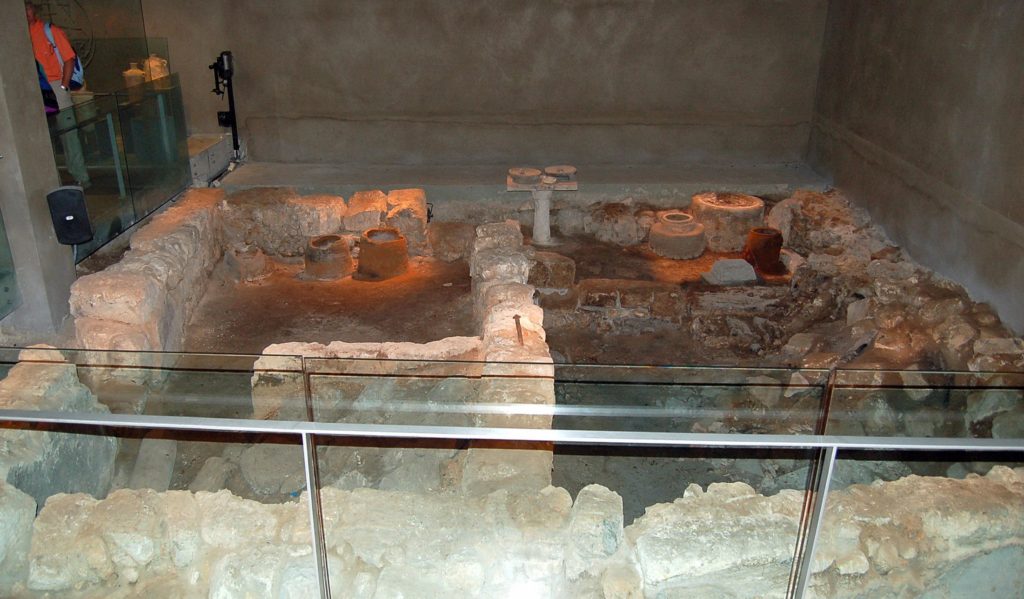
Jerusalem’s so-called “Burnt House” shows the horrors that befell Jewish families when first century Roman soldiers brutally put down the First Jewish Revolt.
In the fall of 66 A.D., Jewish rebels managed to expel the hated Romans from Jerusalem and began extending their influence throughout Roman Judea. Emperor Nero dispatched 60,000 troops to the area, commanded by Generals Vespasian and Titus. On August 29, 70 A.D., after a long and deadly siege, Titus and his troops broke down the walls and entered Jerusalem. They set fire to the city, destroying the Second Temple. The historian Josephus, who had led Jewish forces against the Romans, later reported that there were 1.1 million casualties from the First Jewish Revolt, most of them Jewish.
The horrors of the Roman siege and the burning of Jerusalem came to life after Israel gained control of East Jerusalem in the 1967 Six-Day and began excavating the Jewish Quarter. In 1970, archaeologists uncovered the remains of a four-room manor on Mount Zion, once the home of Jerusalem’s elite because of its proximity to the Temple. A stone weight found among the ashes identified the owner of the house as the Katros family, a family of Second Temple priests. Coins dated the destruction to the time of the First Jewish Revolt. Also found in the kitchen were the forearm bones of a young woman, killed in the fire. In another room, archaeologists uncovered an iron spear, presumably used by a Jewish fighter living in the house. Oil lamps and other household items were buried among the rubble.
Today, the Burnt House is open to the public. In accordance with Jewish law, the bones of the young woman have been buried, but the house contains a picture of them. The spear still stands poignantly in the corner where it was discovered.